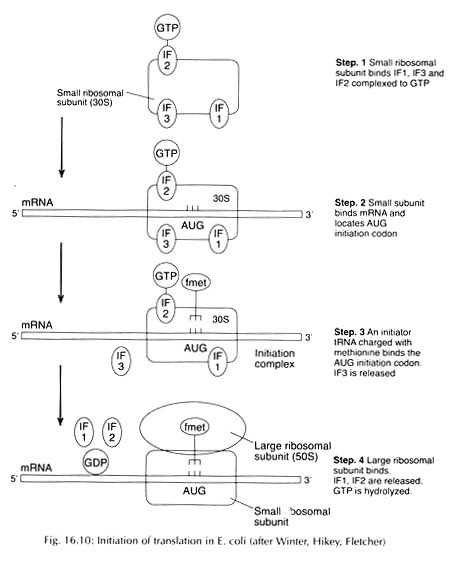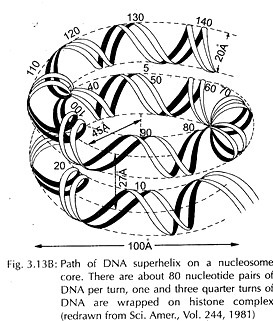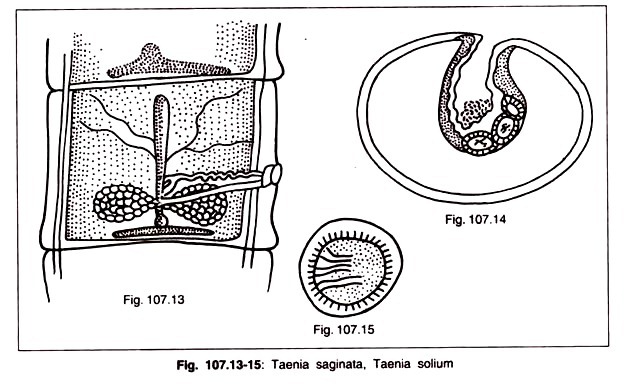1. Preventing Normal Metabolic Activity:
For controlling the harmful action of bio-cells like microorganisms they are prevented of normal harmful metabolic activity by treating with agents.
The actions of these agents have been defined giving different terminologies.
a. Germicidal:
Any agent that destroys disease organisms, but modern definition is any agent that destroys microbes but not spores, irrespective of whether they are capable of producing disease.
b. Bacteriocidal and Bacteriostatic:
Any agent that destroys bacteria but not spores. They are agents which do not kill bacteria but prevents them from multiplication.
c. Antiseptic:
Any agent that prevents or arrests the growth or action of organisms either by inhibiting their activity or by destroying them.
d. Disinfection:
Agents which destroy disease bacteria and other harmful microorganisms but not spores.
e. Viricidal:
Agents which destroy or inactivate filterable viruses
f. Sterilization:
Agents that perform complete killing of all organisms including spores.
In process biotechnology and medical biotechnology operations of disinfection and sterilization have been widely practiced.
2. Control by Disinfection Method:
The agents that cause disinfection are called disinfectants. So, disinfectants are the detergents which inactivate the organisms by blocking the normal enzymatic-metabolism so that the ultimate harmful product of metabolism of organisms does not appear. Thus, this process of inactivation of organisms with the help of disinfectant is called disinfection.
Among various process biotechnologies the uses of disinfectants in the following are prominent:
i. Disinfection of water
ii. Cleaning gadgets and accessories of process biotechnology
iii. Keeping the process steps sterile
iv. Preservation of cosmetics
v. Pharmaceutical preparations
vi. Food preservation
For disinfection most widely used disinfecting agents include the following:
| Distilled water | Surface active agents |
| Acids | O3, SO2, Cl2 and hypochlorite |
| Alkalies | Quats (Benzal cromium chloride cetrimide) |
| Salts | Anions, Alkyl sulfonates |
| Alcohols and ether | Poly phosphates |
| Soaps | Ethylene oxide |
| Dyes | H2O2, formaldehyde |
| Salfonamides | Antibiotics |
Index of disinfection extent is called phenol coefficient. Phenol coefficient is defined as the killing power of a germicide towards a test organism as compared to that of phenol under similar conditions. For example, considering there was no growth with 2.0% phenol, but growth with 1.8%, the mean is 1.9. Similarly, suppose there was no growth with 0.457% test disinfectant, but growth with 0.411% of the disinfectant, the mean is 0.434. Thus, phenol coefficient of the test disinfectant = 1.9/0.434 = 4.4.
3. Mechanism of Disinfection:
Disinfection process involves inactivation of enzymes by two ways:
a. Using chemicals which penetrate through cell wall and dislodging the enzyme from getting into the process.
b. Chemicals inhibit the excretion of enzyme out of the protoplasm through the cell wall.
Factors on which disinfection process depends:
1. Nature of organism to be killed and its condition.
2. Nature and condition of disinfectant employed in terms of products that it releases when it is placed in material to be disinfected.
3. The nature of material (water) to be disinfected.
4. Temperature of the material to be disinfected.
5. Time of contact of disinfectant with water material.
Under ideal conditions rate of disinfection depends on the following:
a. Time of contact of disinfectant with water material.
b. Concentration of disinfectant.
c. Number of organisms present.
d. Temperature of water.
4. The Dynamics of Disinfection:
Many investigators working independently showed that the reaction velocity of disinfection to approximate that of a unimolecular reaction. The formula for unimolecular reaction rate constant is
k = 1/t log a/a-x
Where, k = Constant,
t = Time
a = Amount of substance at the beginning of the reaction and
x = Amount decomposed in time t.
Since plot of t against log (a – x) is a straight line, it is often known as the logarithmic law.
1. Time of contact:
When applied to disinfection Chick stated the above law as follows.
“The concentration of population after destruction is a direct function with the cell which are destroyed”. Mathematically,
This equation (12.2) shows that plot of t against log N/N0 is a straight line having a slope of – k log10e = – k’ and intercept – 1 (100%) at t = 0, rate of survival or mean lethal dose = 0.368.
N. B. When conditions are not ideal rate of killing may increase or decrease with time.
The increase of killing may be explained in two ways:
(i) As combination of slow diffusion of chemical disinfectants through cell wall and rate of killing dependent upon the material inside the cell.
(ii) On the assumption that the lethal number of centers in cells must be reached by disinfectant.
A linear relationship was developed by plotting log N/N0 against tm (m > 1) or log N/N0 against t.
Decrease of Killing May be Explained as Follows:
Decrease may be due to variation in resistance of different cells within the same centre of organism. Other factors responsible for decrease may be due to decline of concentration of disinfectant with time. This is very common with O3.
2. Effect of concentration of disinfectant:
The relationship between the concentration and the time taken to kill the organism is exponential i.e. doubling the concentration considerably more than half the rate and the concentration coefficient is greater than 1. If one considers
C = Concentration
n = A constant for the disinfectant, = concentration coefficient and
t = Time required to effect a constant % of inactivation.
where t1 & t2 = times of equal % of kill to be effected at temperature T1 and T2° in absolute scale.
E = Activation energy at constant temperature and constant characteristic property of the system. R = Gas constant = 1.99 cals.
When T2 – T1 = 10°C ratio of t1/t2, called Q10, the temp, coefficient of reaction velocity, is approximately related to E in the vicinity of 20°C as follows:
log Q10 = log t1/t2 = E/ 39000 (12.9)
This means that t1 and t2 periods are required for equal % kill at T1 and T2 which are 10° apart. Q10 is also dependent on the pH of the disinfectant and types of disinfectant as below.
4. Effect of number of organisms:
No significant effect has been observed in high or low concentration of disinfectant in killing the organism. Minimum requirement of concentration of disinfectant is
Cp/Nr = constant (12.13)
Where, Nr = Concentration of microorganism reduced by given % in a given time.
C = Concentration of disinfectant
P = Exponent of concentration, a direct function of disinfectant.
This equation is valid only if difference is observed in very high cell concentration of microorganisms involved.
Details of standard bacteriological techniques for testing disinfectants:
R.W. test depends on a comparison between the inhibitory effect of phenol and that of agent on the growth of a selected microorganism, under closely controlled conditions. Phenol is quoted as unity and the other is given a R.W. coefficient.
Chick Martin test is now a standard procedure.
Factors influencing germicidal action:
1. Test organism
2. H+ ion concentration
3. Presence of organic matter
4. Surface tension
Evaluation of disinfectants:
The following methods are used for the evaluation of germicides:
1. End point of extinction method
2. Counting methods
3. Other methods.





